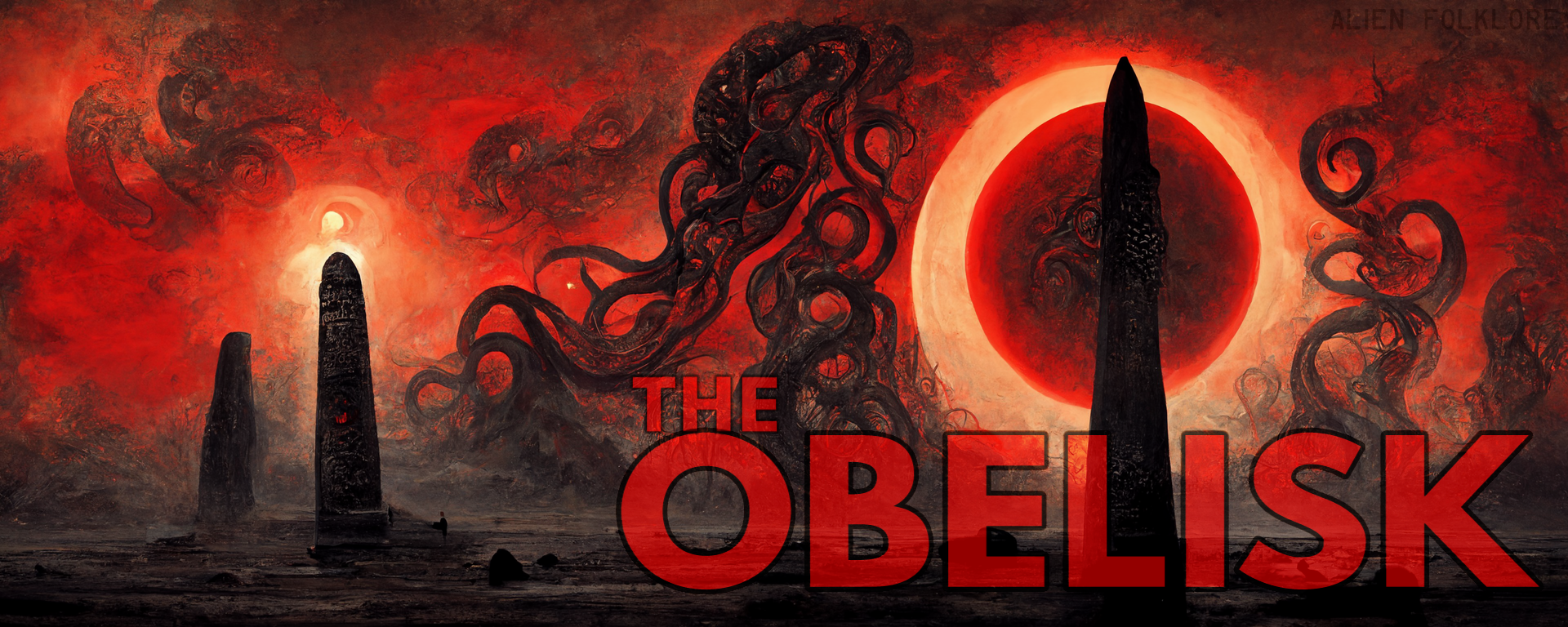Church of Misery, Vol. 1: At Last, the Beginning
 Originally recorded in 1996 and long bootlegged before its official vinyl release in 2007 on Japan’s now-disappeared Leaf Hound Records, it’s not until some 15 years later that Church of Misery’s first album, Vol. 1, is seeing a legitimate CD release. Michigan imprint Emetic Records – who also reissued Church of Misery’s Early Works Compilation last year (another out of print Leaf Hound title) – has both CD and vinyl versions of the album, both with bonus tracks, and the Sabbath worship may have never been so complete. From the direct take on Black Sabbath’s Vol. 4 artwork, to the title, to the sampled storm that starts the album to the simplistic riff-based glory contained within the subsequent tracks, Church of Misery are missionaries spreading a message, giving praise in one of the most direct and vital ways: With groove.
Originally recorded in 1996 and long bootlegged before its official vinyl release in 2007 on Japan’s now-disappeared Leaf Hound Records, it’s not until some 15 years later that Church of Misery’s first album, Vol. 1, is seeing a legitimate CD release. Michigan imprint Emetic Records – who also reissued Church of Misery’s Early Works Compilation last year (another out of print Leaf Hound title) – has both CD and vinyl versions of the album, both with bonus tracks, and the Sabbath worship may have never been so complete. From the direct take on Black Sabbath’s Vol. 4 artwork, to the title, to the sampled storm that starts the album to the simplistic riff-based glory contained within the subsequent tracks, Church of Misery are missionaries spreading a message, giving praise in one of the most direct and vital ways: With groove.
The only remaining member (the only founding member left) from the Vol. 1 lineup of the band is Tatsu Mikami, whose wah-bass features heavily almost immediately with a solo on “Cloud Bed.” His Geezer Butler fills are to be expected, but like a lot of what Church of Misery has done musically over the course of their career, is no less glorious for hitting its marks. The serial killer obsession that’s come out in the vast majority of their lyrics is nascent on Vol. 1, vocalist Kazuhiro Asaeda handling most of the words with help from guitarist Tomohiro Nishimura, whose riffs – it should go without saying – are pure Iommic bastardization, and I mean that in the best way. The simple truth is that no one has ever quite captured the swing of mid-paced Black Sabbath as well as Church of Misery, and even as they close out Vol. 1 with a cover of Gun’s “Race with the Devil,” their treatment of it sounds like Trouble doing one of the tunes off Masters of Reality. Obviously, that’s a good thing. They’ve always been a “what you see is what you get” kind of band, an ethic they seem to share with British outfit Orange Goblin, who got started around the same time, but their simplicity is a huge part of their appeal. “Kingdom Scum” wouldn’t work if it wanted to do more than rock. The way “Celebrate Pigs” invokes “Snowblind” would fall flat if it was trying to be more than it is. Church of Misery requires prior induction, and as Vol. 1 shows, that’s apparently been the case right from the start.
 Interestingly, had it been released at the time (the band reportedly held it back because they wanted to change their focus to be exclusively on serial killers), Vol. 1 would have also been the best-produced Church of Misery full-length up until 2009’s Houses of the Unholy. The sound of their work on splits with Iron Monkey, Acrimony and Sourvein and sundry EPs varies, but both 2001’s Master of Brutality and 2004’s The Second Coming had incredibly rough productions, the drums on the latter almost completely blown out, making the whole album harder to get through. Vol. 1, on the other hand, is natural but clear, and dirty without being unlistenable. “Chilly Grave” – another highlight performance by Tatsu – has the feel of a lost classic. True, it’s not directly related to a serial killer, and some of the sonic tip-offs that Church of Misery would later come to include – i.e. samples and accompanying electronic noise – are absent, but Vol. 1 is unmistakable Church of Misery. Kazuhiro is less gruff as a singer than current front/madman Yoshiakki Negishi, but well-suited to Tomohiro’s guitar tone and Tatsu’s bass, and one can’t help but wonder what direction Church of Misery could have taken had this lineup been able to stick it out. Not saying I’d trade the modern band to find out (or for much of anything else), just a curiosity brought on by listening.
Interestingly, had it been released at the time (the band reportedly held it back because they wanted to change their focus to be exclusively on serial killers), Vol. 1 would have also been the best-produced Church of Misery full-length up until 2009’s Houses of the Unholy. The sound of their work on splits with Iron Monkey, Acrimony and Sourvein and sundry EPs varies, but both 2001’s Master of Brutality and 2004’s The Second Coming had incredibly rough productions, the drums on the latter almost completely blown out, making the whole album harder to get through. Vol. 1, on the other hand, is natural but clear, and dirty without being unlistenable. “Chilly Grave” – another highlight performance by Tatsu – has the feel of a lost classic. True, it’s not directly related to a serial killer, and some of the sonic tip-offs that Church of Misery would later come to include – i.e. samples and accompanying electronic noise – are absent, but Vol. 1 is unmistakable Church of Misery. Kazuhiro is less gruff as a singer than current front/madman Yoshiakki Negishi, but well-suited to Tomohiro’s guitar tone and Tatsu’s bass, and one can’t help but wonder what direction Church of Misery could have taken had this lineup been able to stick it out. Not saying I’d trade the modern band to find out (or for much of anything else), just a curiosity brought on by listening.
For stoner or doom heads who’ve not yet experienced Church of Misery, Vol. 1 gives a good sense of the band’s potent formative days while having the added appeal of being a complete album, where Early Works Compilation does the same thing, but across a smattering of EP contributions and production styles. Single versions of “Race with the Devil” and “Chilly Grave” provide bonus material for both the CD and vinyl editions, and all told, Vol. 1 would make a great place for newcomers to the band to get their proverbial feet wet. The only thing holding it back from being a prime representative of Church of Misery’s catalog is the lack of serial killer correlation (I’m sorry to harp on it, but that’s a big part of what the band does). Beyond that, the doomed righteousness in these tracks (“Frog’s Funeral!”) stands testament to the band’s later career achievements, and, to be clear about it, makes for an excellent listen. When you want bullshit-free riffage and unbridled fuck-all, Church of Misery stand above the rest. Even hearing this stuff sounds like it’s going to get you arrested.
Please note: In response to the recent earthquake off the coast of Japan, Church of Misery posted the following on their website:
After the earthquake…
Church of Misery all members are safe.
Thank you soooooo much for the kindness all.
Church of Misery’s official website
Tags: Church of Misery, Emetic Records, Japan, Tokyo





I am a memeber of the Church of Misery congregation, so this is definitely good news.
It’s crazy, 8 years later and listening to The Second Coming all I can think of is, “but both 2001’s Master of Brutality and 2004’s The Second Coming had incredibly rough productions, the drums on the latter almost completely blown out, making the whole album harder to get through.” I was listening to the reissue/remaster yesterday and the awfulness of the drums, in particular, is only highlighted. They had a chance to fix things and only boosted everything. Anyway, just wanted to share. One line from a random review eight years ago was stuck in my head. I am sure it is not the only one. Your words leave a lasting impression. I hope you see this.
Searching for this post I also found a comment I made 10 years ago…Jesus.
Haha, yeah man, you’ve been around for a while. I still feel that way about The Second Coming, too.
Maybe they’ll fix it for the imminent 20th anniversary editions.